Hirshhorn Eye: Lorna Simpson
https://vimeo.com/257922568https://vimeo.com/274949051
ARTISTS AT WORK: LORNA SIMPSON
By William J. Simmons
Photography Victoria Stevens
Photography Victoria Stevens
Published August 23, 2016
LORNA SIMPSON IN BROOKLYN, NEW YORK, JULY 2016. PHOTOS: VICTORIA STEVENS. HAIR: EDRIS FOR EDRIS SALON. MAKEUP: AMENAWON GREEN FOR SGRAYUNLIMITED THE AGENCY.
This summer, during group shows and ahead of fall exhibition openings, we’re visiting New York-based artists in their studios.
Lorna Simpson has been at the forefront of conceptual art for over 30 years, and in that time, she has expanded the confines of art history with deft investigations of race, gender, sexuality, class, and performance. Known for her extraordinary photo-text installations, photocollages, and films, Simpson is one of the most consistently innovative contemporary artists of our time. In anticipation of her show of large-scale paintings at Salon 94 in New York this September, we visited her Brooklyn studio, which was peppered with vintage Ebony magazines and several stunning works-in-progress. We discussed the nuances inherent in art that deals with identity, as well as the expansive possibilities for understanding gender and sexuality in the 21st century.
WILLIAM J. SIMMONS: Maybe we can start with the question of artifice, of melodrama. When I was watching your films this morning, the only time I felt that kind of discernible anxiety was with Lars von Trier’s movies. I find the way that you manipulate emotion to be so compelling.
LORNA SIMPSON: It’s funny that you mention that because I feel that, as an artist, that’s the one thing that’s difficult to nail down. There has to be a certain level of detachment to the way that you’re shooting, but also an awareness of artifice and surface. I’m thinking of the film Tropical Malady by Apichatpong Weerasethakul. That film worked me! The militaristic and homoerotic tension and constant threat was always at large. That film has exactly that description to me. There’s a narrative; there’s an arc. It becomes folkloric and fantastic. That’s how I describe these films. Some of them I don’t even want to watch more than once because I don’t want to see the elapsing of time and the mechanisms that create that feeling for the viewer. So, I find that to be a big compliment to me because when I watch films, that’s what I most desire. Jeanne Dielman by Chantal Akerman is similar in that it has narrative; it’s a murder mystery. The kind of macro view of her day-to-day life is within the minutiae of daily chores and taking care of her son, and then it all starts to collapse. Again, there is this artifice that’s presented and the emotional tenor is all beneath the surface, and what drives the narrative are these mundane, daily tasks and events. The thing that kind of drives it along is not the obvious subject of a film. That is a structure that I really enjoy watching.
SIMMONS: You pinpointed what I was trying to ask. If one wants to get at the reductive category of the Pictures Generation or if you want to say photo-conceptualism, that’s…
SIMPSON: I’m not part of the Pictures Generation! [laughs] That’s a different generation.
SIMMONS: Right! Well the prevailing narrative is that there is this distance, this intellectualization, this remove, but also an assumption of an activist quality.
SIMPSON: In terms of?
SIMMONS: In many pieces of writing about your work, there’s a Barbara Kruger image, a Cindy Sherman image, but you can’t be lumped together. You’re interrogating that very act of distancing associated with the Pictures Generation in a way that I don’t know if Cindy Sherman does. It’s as if you’re approaching what is normatively associated with the critical M.O. of the Pictures Generation or photo-conceptualism and almost critiquing the critique with another layer of—I wouldn’t say artificiality…
SIMPSON: In my work, there’s another mechanism that is “real,” which is formed from the historical concepts of the images that I’m working with. That doesn’t fall completely into a cliché. There are elements about it that carry historical context and edges that some of the other works by the Pictures Generation that their choices don’t point to.
I would say although I was, of course, aware of that work, that is a generation of artists and a milieu of artists that came of age or found one another in completely different circumstances than my experience. My artistic practice always involved diversity to the groups of people in which I would find camaraderie, friendship, colleagues, whereas I feel, to be honest, a lot of those circles were just completely white. I think that’s something that’s unstated or stated with bravado. That is not anywhere near part my experience, especially as a New Yorker.
SIMMONS: I think you clarified again what I was trying to say—there is an assumption that this irony makes everything…
SIMPSON: Equalizes the image.
SIMMONS: Yes! But with your work there’s a forceful interest in the medium and there’s a forceful interest in technique and there’s a forceful interest in trying to show the identity is not entirely this postmodern construct.
SIMPSON: Well, identity has consequences.
SIMMONS: Yes, there’s a heft to it; it’s not just a silhouette.
SIMPSON: It’s not just completely an empty vessel. A piece I did called 1957-2009 is very much influenced by Cindy Sherman, but only in that I used found photographs of a woman in 1957 who was photographing herself as an exercise for pin-ups and maybe an acting career. What she was trying to perform for the camera has a different context, considering Dorothy Dandridge and the Jim Crow laws governing actors and musicians of that particular time period. The work critiques photography but also the power of imagery, and also the power of race and sexuality in those images functions a little differently. It points to a particular moment in time but it also points to other things that were going on; it’s not just about the beauty. That piece discusses gender as well. Both of the figures are performing for the camera together; it is suggested in the images that they are a couple and that he is the photographer and she is the muse and he is the artist and she is the model. But none of that is, you know, “True.” So there lies the artifice. Seeing those images I thought, oh my god that is incredible, especially for that time period. Having that desire and that dream given what California was like at that time for black actors is really inspiring and really interesting. I stepped into the frame of their summer project to mimic both characters and to further magnify their study in performing for the camera.
SIMMONS: Well, it seems maybe that you’re also suggesting is that your work is not purely self-referential because like you said, there are real world consequences.
SIMPSON: Right. When people see 1957-2009, they will say, “Yes, but who is she, really? Who do you think she is?” And I’m like, “I have no idea!” That’s the whole point of the piece, to participate in this artifice in which a personalized identity is not described. It’s not the fiction that’s presented, but rather those details that mark the territory of the time, and the place, that is interesting, not who this woman was exactly and what she was like or who did she think she was going to become or what happened to her in the course of her life. Not that that’s not important in a general sense, but she really created this fiction. Think of black writers in terms of creating fictions in the ’50s. Or even science fiction writer Octavia Butler—she is creating this magnificent fiction that also mirrors history. And so, in that sense, I think it’s a really interesting set of constructed found images that mark time.
SIMMONS: Interesting. And that makes me think that being part of the collective fiction is itself a privilege afforded by race, class, gender, but also being an individual is a privilege that’s afforded by those things.
SIMPSON: Right. Maybe as an individual one should be afforded the space to create an expansive fiction.
SIMMONS: So you’re considering the real world foundations of the hyper-intellectual argument of the individual versus the community.
SIMPSON: Not really. Real is a contentious word. What can be considered real and or verified does not necessarily mean that it is recognized or acknowledged on a micro or macro level. There are many different ways to interrogate or locate a subject. One should take into account the lens by which we think of the idea of a subject.
SIMMONS: And your work often features women, so people assume that it must be autobiographical, right?
SIMPSON: I think that if the subject is a woman then the prevailing assumption is that the narrative is autobiographical in some form, which is limiting.
SIMMONS: Exactly for the reason that you bring that up, I think we have a mandate now to think about how your art can be thought of in a more expensive fashion beyond the identity politics brand of feminism.
SIMPSON: Reading about feminism when I was a teenager and seeing it as a young woman, I realized that feminism really hadn’t dealt with sexuality; it really hadn’t dealt with transgender or gay women. Everybody just threw their hands up! I was appalled and shocked, because I had grown up around gay people all my life. To be in that political arena and to see how shortsighted it was, it was a surprise to me.
SIMMONS: The issue of sexuality has come up so many times in your work. I’m thinking specifically of Call Waiting. There are so many instances where genders are crossing and existing in multiple iterations but in the same space. I’m also thinking about how the discourse on your work centers on women but you frequently represent men. If normative visions of feminism and queer theory are not working, what would this expanded field of gender and sexuality in art look like?
SIMPSON: Well, how can I answer that? [laughs] I think maybe I can answer it. It’s more of an open playing field that is not prescriptive. At this point, I see it generationally—depending on what generation you’re from is how you might respond. Sometimes, in terms of representations of femininity and masculinity, what sometimes gets lost in a singular feminist perspective that does not consider the gyrations of gender bending. The construction of femininity is a construction, yes, but also it can be twisted and turned around in such a way that doesn’t necessarily mean it is pointing to the female body or male body in such a binary fashion. The culture is already there and has always been, but not as equal citizens. I think there is more progress to come.
LORNA SIMPSON WILL EXHIBIT HER WORK AT SALON 94 FROM SEPTEMBER 8 TO OCTOBER 22, 2016. FOR MORE ON LORNA SIMPSON, VISIT HER WEBSITE.
- Get link
- X
- Other Apps


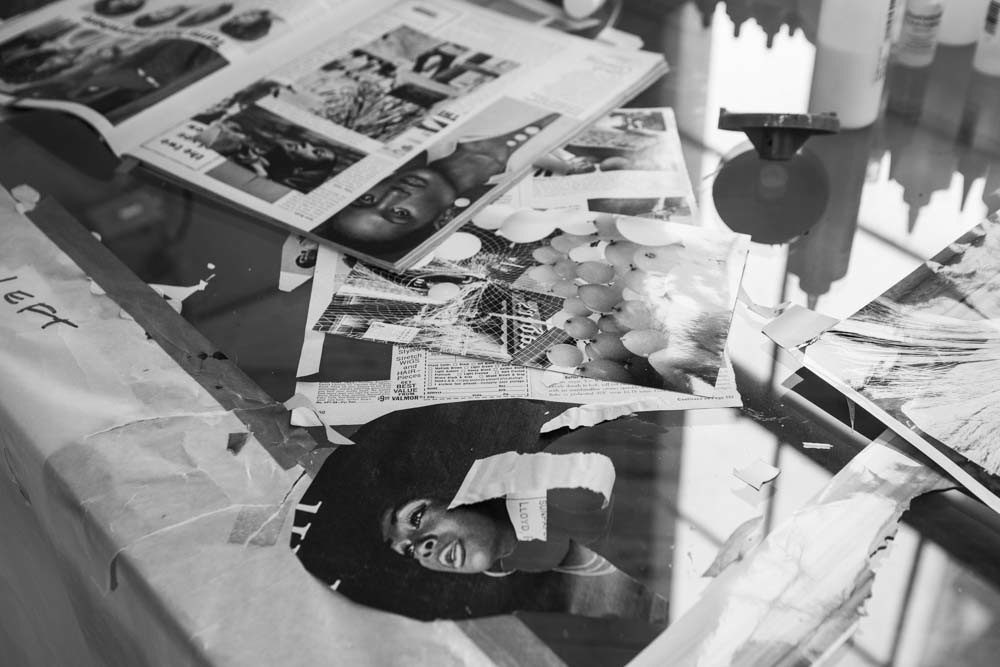
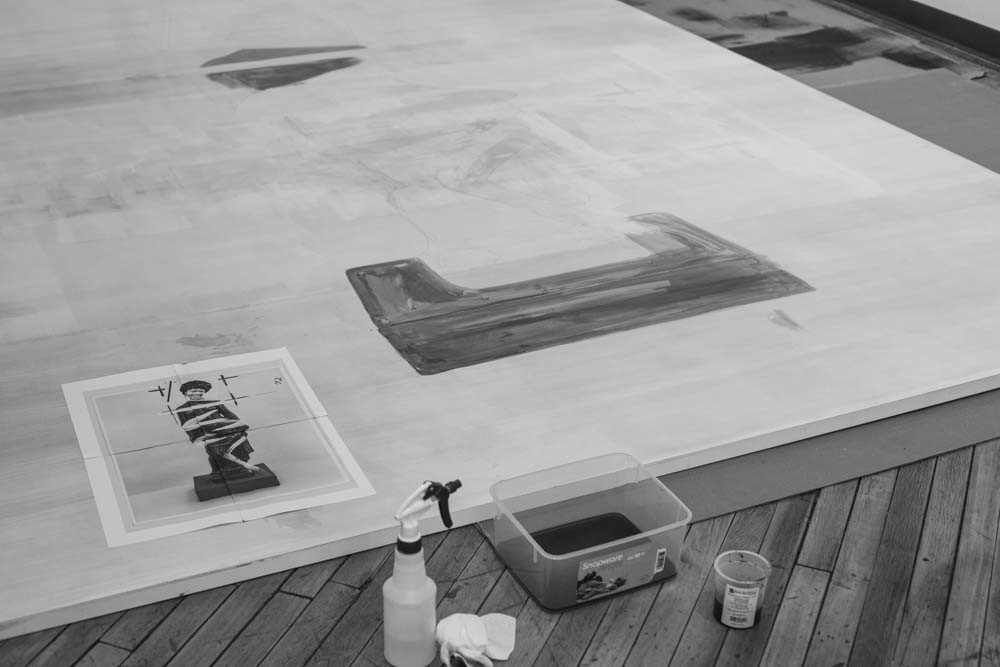

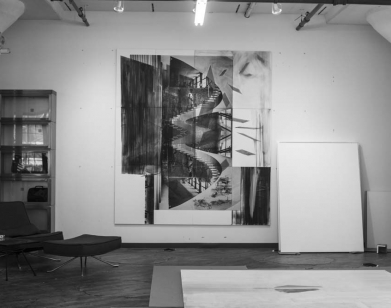
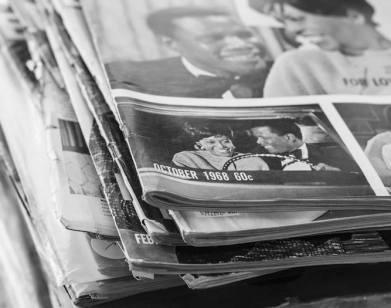

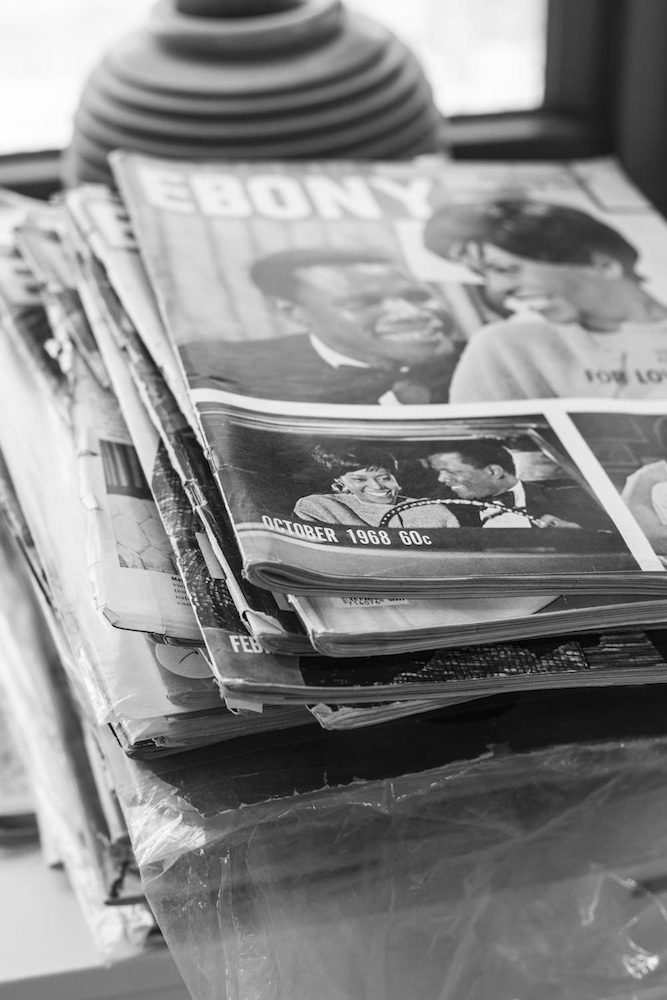
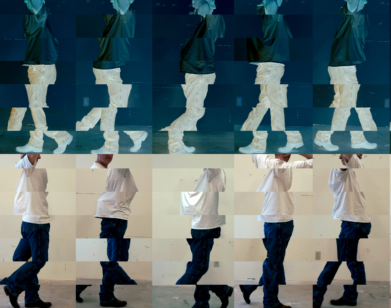

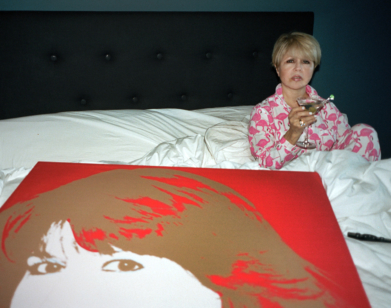
Comments
Post a Comment